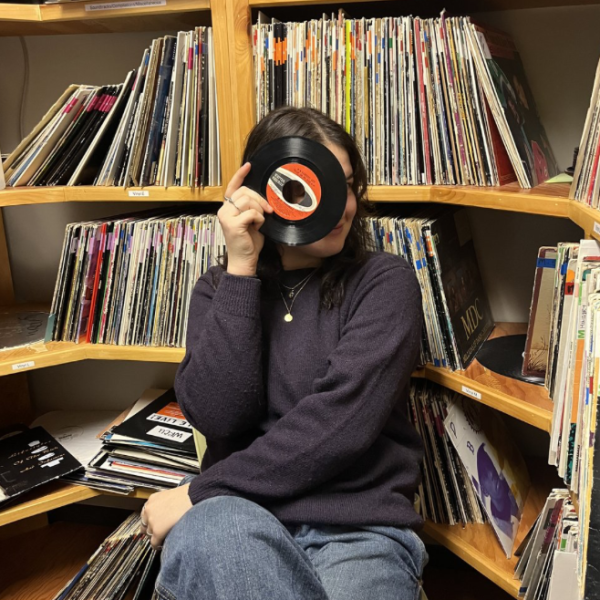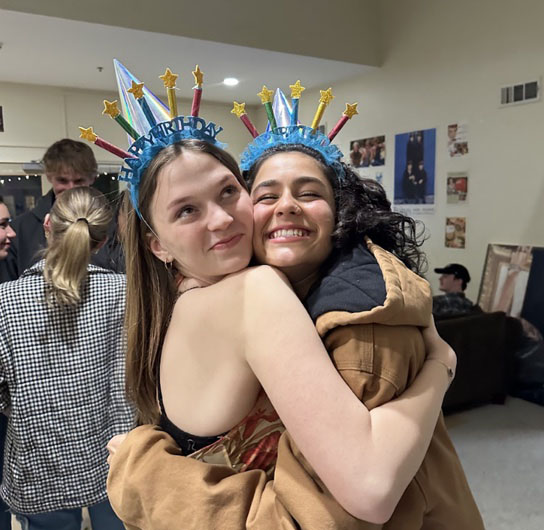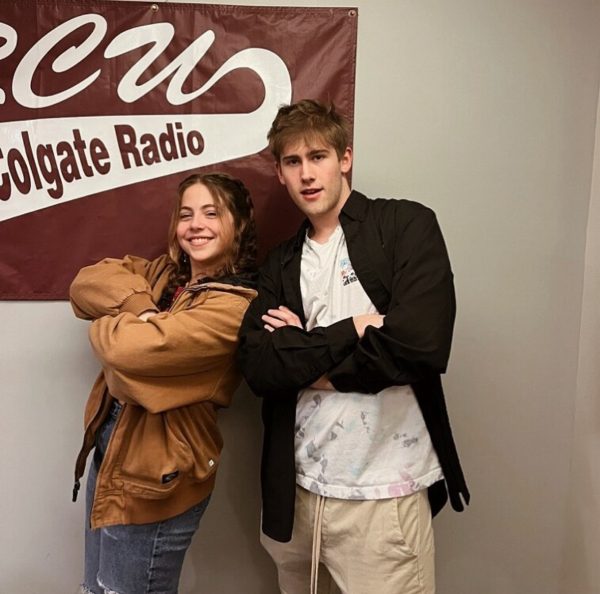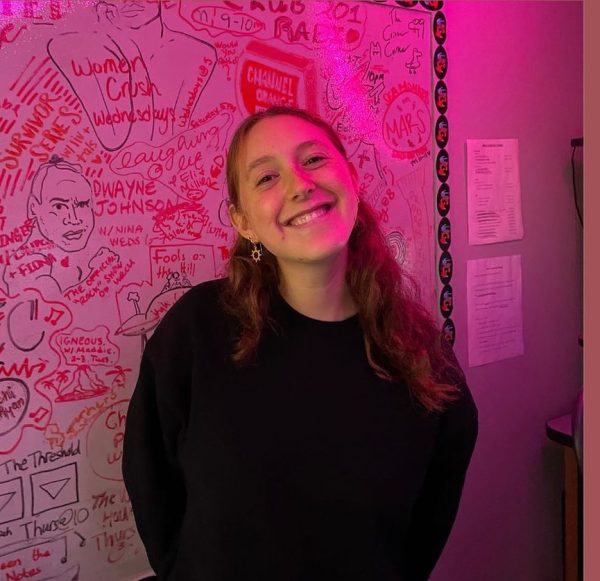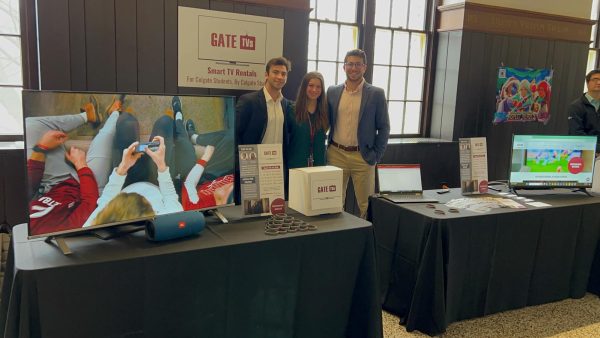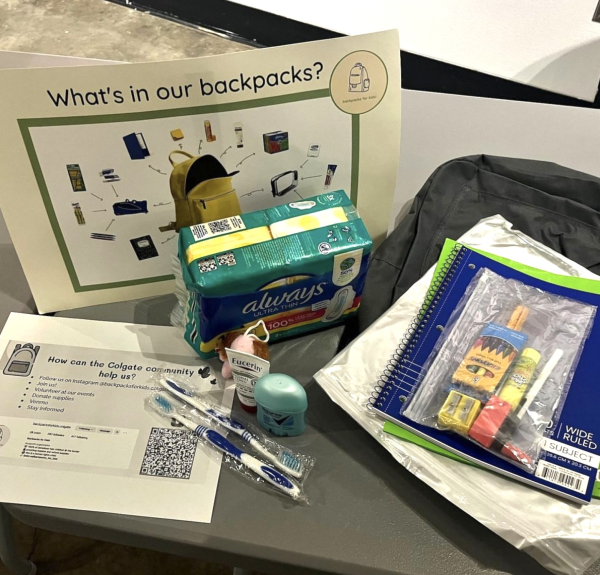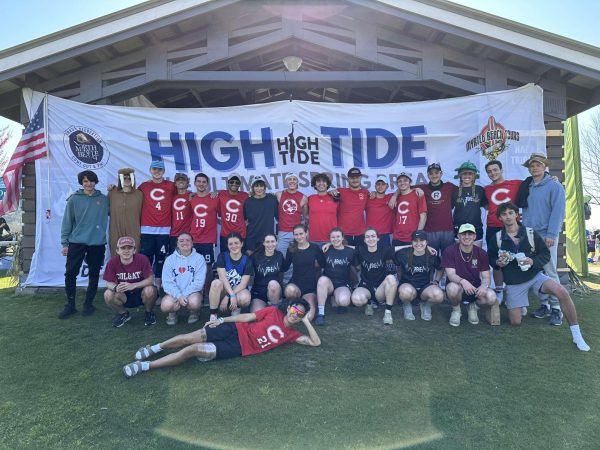Distant Transactions: Reflecting the Pandemic Virtually
As many Colgate community members will remember—or perhaps more accurately will never forget—last March marked the beginning of an experience the community had yet to fully experience: life in the age of COVID-19. This new life was marked by anxiety, fear, uncertainty and constant adaptations to a new virtual life. Professors, students, administrators and staff had to radically adapt current modes of learning to the confines of Zoom and Moodle forum posts. For some courses, adapting premeditated visions for where the course would go, like Advanced Projects: ARTS375 taught by Margaretha Haughwout, posed a particularly challenging task. Haughwout was challenged with an incredibly difficult task: how does one adapt a high-level arts course reliant on community building to the world of Zoom? How can long-standing plans for an in-person exhibition be quickly reimagined?
Haughwout luckily had useful experience as her focus in the Art Department is often digital studio art. It made the transition easier as she had some practice considering art and the sharing of art on virtual or digital platforms. There was, of course, a challenge in getting students the physical supplies they would need to continue to produce art for the final two months of the semester, but Colgate was able to amply make orders and shipments. One of the most essential things that Haughwout needed to consider was how to maintain the sense of community that ARTS375 is so keen on creating in order to foster an environment conducive to honest critique.
“One of the things we had done early on in the course was to build a community. Once we were all sent home, suddenly uprooted in a bunch of different lived contexts—like the city or rural areas—we had to grapple with what does this mean. I did lots of exercises where students were prompted to display work where other people would see it in their own home contexts like the hallway, front yard or a window,” Haughwout explained.
Senior Ellie Krause found herself coming into her own art as she prepared and created for the final exhibition from a new remote format in her home. There were certainly silver linings.
“Making art is a very personal experience, but at least at Colgate, students have art advisors and professors to advise you and guide your work. Once we were sent home, the training wheels were off and there was much more alone time to reflect on what you are making and what message you are sending,” Krause said. “The great thing about quarantine was that I had ample amounts of time to work on my pieces. This allowed me to take bigger risks because I knew time was on my side. For these reasons, I’m appreciative that COVID-19 forced me to be alone with my thoughts and discover my artistic voice.”
Krause was certainly not the only one who turned to art during the intense quarantine of March, April and through most of May. Haughwout sought to ensure that there would be a final show for the students despite the circumstance.
“There was a sense of momentum. I always knew we were going to have a final show. I think the students became even more invested. After looking at the work and thinking about what was coming through in the work, there was this feeling of distance but a yearning for exchange and marking exchange,” Haughwout recalled on the early stages of her plans and the roots of the name of the virtual exhibition: Distant Transactions.
Distant Transactions was executed using a platform called Kuntz Matrix. Haughwout found the software via a Facebook group of fellow educators similarly looking to innovate new ways of teaching in the pandemic. One of the main goals was to simply celebrate the work that all her students had put into their art.
“They all were dedicated to one another and their work. The goal was being able to put this on and celebrate their achievements and to celebrate together. In the reception, the students were asked to respond to one another. Art is a dialogue,” Haughwout said.
Student of the course and senior Elise Kennedy echoed Haughwout’s sentiment. She recalls how for the opening of the exhibition in May of 2020 at the end of the course, they all met on Zoom and each artist gave a description of their piece. She was blown away by the work that every one of her peers had been able to accomplish despite what was going on. Still being able to see everyone’s works was a massive feat and Kennedy was impressed.
“That was one of the dynamics we really lost in the Spring—the collaborative work of the class being shown to everybody. I’m really glad we persevered in adapting to having a digital format to show everyone,” Kennedy proudly said.
Unsurprisingly, most pieces in the exhibition had something to do with COVID-19 or quarantine. Some students, like Krause, chose a different route.
“I had art to escape the reality of the unpredictable nature of COVID-19 and quarantine guidelines. Rather than use COVID-19 as a time to reflect on the current situation in the world, I personally used art to keep myself entertained and occupied with dreamy, interesting concepts,” Krause said.
Haughwout noticed that most of her students did use their art as a reflection of what was going on. Many of the pieces, particularly when looking back at the exhibition, were predictive of what the next year would look like. As a result, the work being created in April and May of last year still certainly holds relevance to the present moment almost a year later.
“These pieces are dealing with these moments of touch. There is a visceral fleshiness to these pieces as they think really differently about time and contact. There was an interesting exploration of temporality and how temporality and space have changed. Art does give us this moment to reflect—not just to represent what our experiences are like but to give us a platform to imagine differently. There are some ways art is representation and through that, we imagine our lives differently which I think is the real power of art. How can we imagine our connections as being meaningful or understand our isolation,” Haughwout reflected.
Distant Transactions is a snapshot in time of ARTS375 student’s attempts to adapt and continue to create despite the traumatic uprooting of normal life last March. Almost a year later, the exhibition holds the same prominence to the community’s lived experience. It will be available to access until the late summer of 2021 and can be viewed here.



